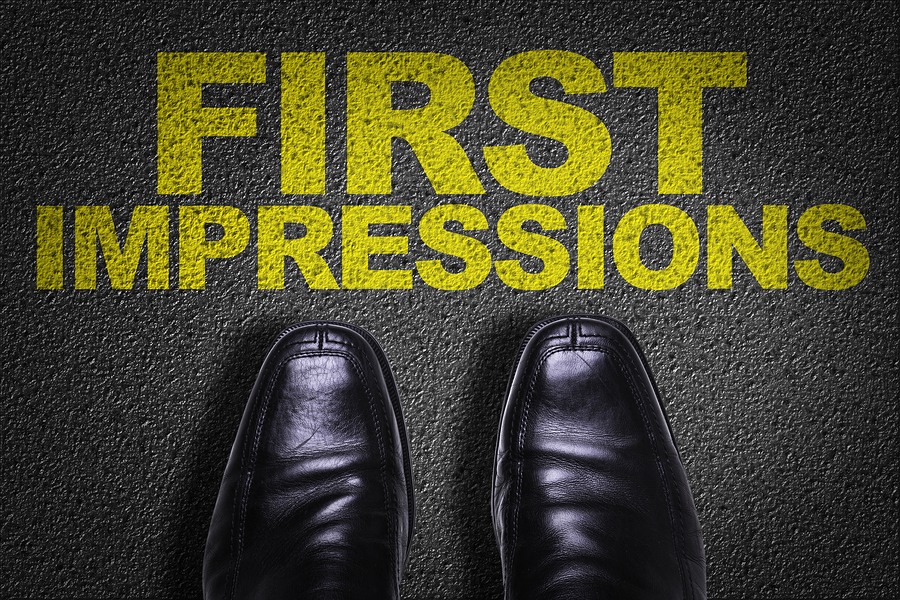Meeting a new business contact can be nerve-wracking. Just like a first date, your first impression is of the utmost importance, as it can determine the trajectory of the arrangement. And while rehearsing what you are going to say and arguments you intend to make can be helpful, a major part of making a good first impression has to do with unspoken qualities such as body language, hygiene, and preparedness. Below you will find a few aspects that should always be at the front of your mind when you schedule a meeting.
1. Research before the meeting
Find out as much as you can about the client and company involved in the meeting. Learn about their goals, values, and interests. Use LinkedIn to get a sense of the person’s background or find common threads. Prepare some questions based on your research, and get ready to make it clear they are important to you.
2. Keep your non-verbals in check
Your body language is capable of communicating almost as much as your actual words, so it’s important to be intentional with it. Remember to maintain good posture—no slouching! Not only will slouching communicate a lack of confidence and composure, but also it isn’t great for your back. You may have also guessed that a firm handshake is important, too. Make sure that your handshake is indeed firm, but also keep in mind that it isn’t a test of strength and should not be overly firm.
3. Dress appropriately
While meetings often take place outside of the office, that’s no excuse to go uber casual on the clothing front. Take some time to consider the right outfit, whether it be a full suit or something business casual. Of course, this will depend on the industry. Silicon Valley is a good example of the shift in attitudes toward dress, as jeans paired with blazers or black turtleneck sweaters grow in popularity, even among people in leadership positions. But when in doubt, dress up.
4. Demonstrate that you’re listening
You can use both verbal and non-verbal cues to show your interlocutor that you are listening and that they have your full attention. Eye contact is one of the easiest ways to show such respect, so long as it does not cross the line into staring. You can also align your body to face the other person. Without interrupting, verbal cues are effective, too. Ask thoughtful questions and be solutions-oriented when appropriate.
5. Be prepared for impromptu meetings
Sometimes you won’t get much notice before a meeting is scheduled because circumstances aren’t always in your control. For this reason, it’s best to keep a ‘go bag’ on hand at all times. In it, be sure to include a tie and clean shirt, personal hygiene products, breath mints (not gum), and a pen and paper. If you have time, try to get some base-level research in, too!
In general, and regardless of the topic of the meeting, one of the main goals is to build trust and rapport. A positive first impression is the perfect starting point to cultivate a relationship, as your interlocutor will feel comfortable working with you from the start. It can also boost your professional reputation, as word of mouth travels far and can result in new leads and connections. So always try to put your best foot forward!

